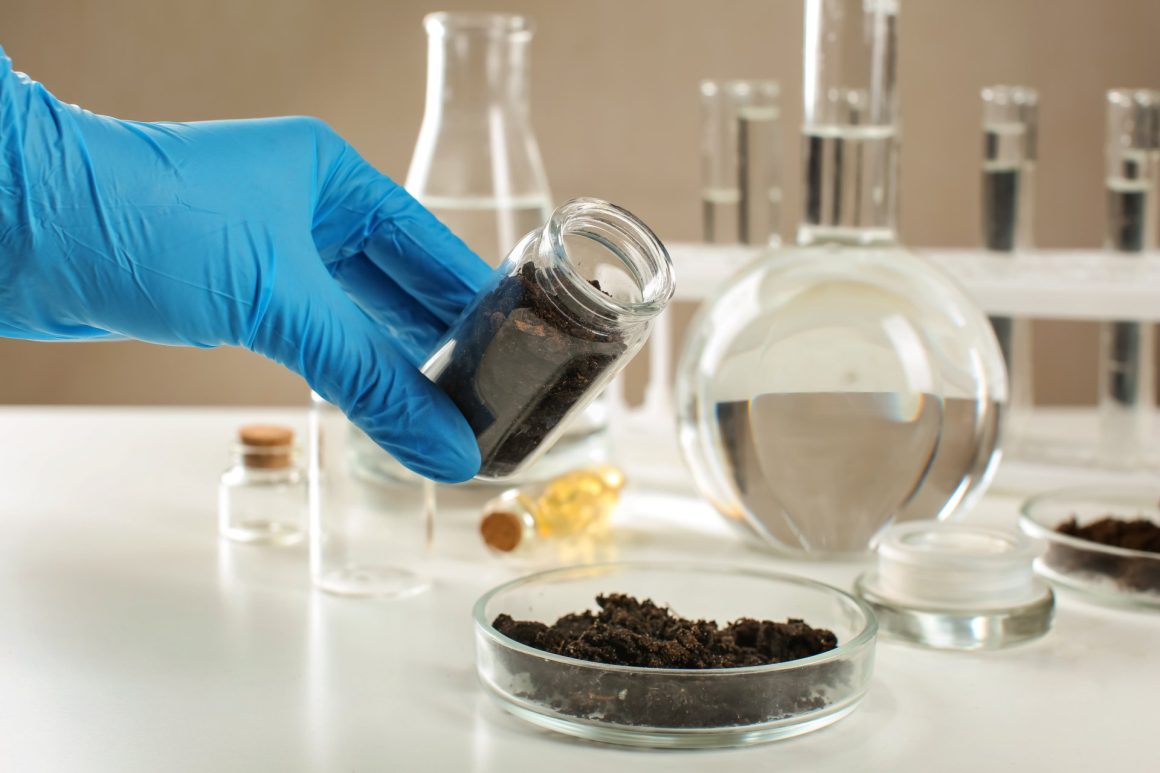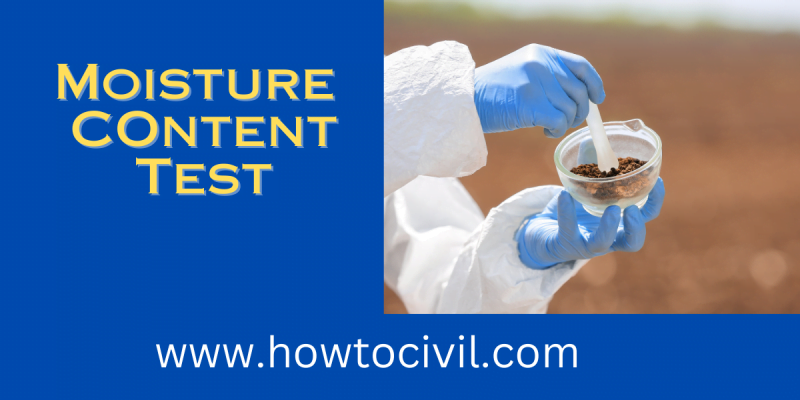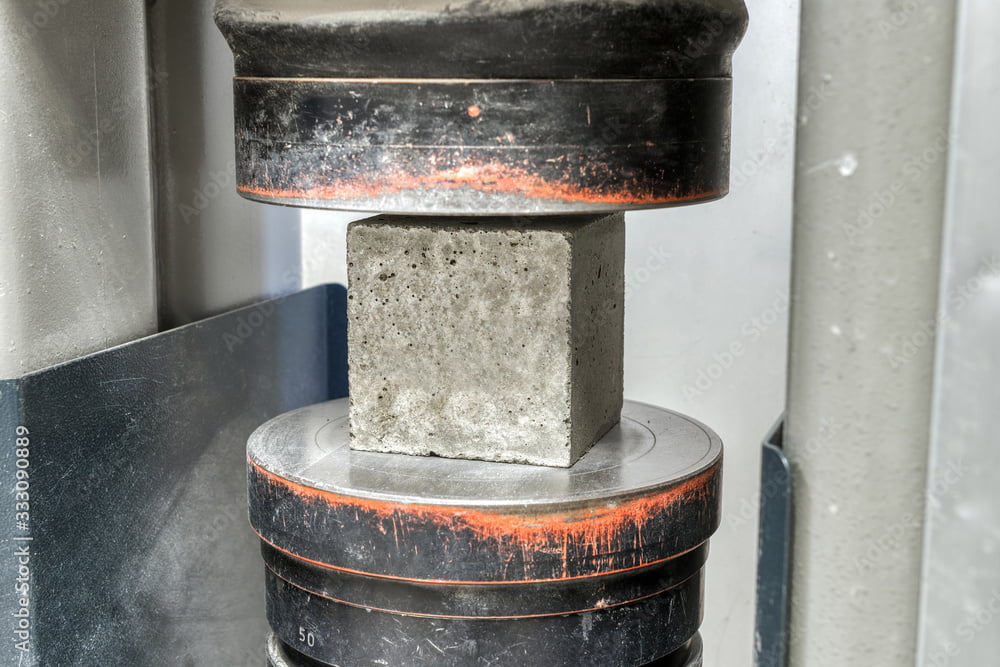The organic content test of soil or organic matter content test is an important laboratory analysis that helps determine the amount of organic matter present in a soil sample. Organic matter plays a crucial role in soil fertility, water retention, and overall soil health. This article will provide a step-by-step guide on how to conduct an organic content test of soil, along with its objectives, apparatus, procedures, applications, and limitations.
Objectives
The main objectives of the organic content test of soil are:
- To determine the organic matter content in a soil sample
- To evaluate the soil’s fertility and its ability to retain water and nutrients
- To provide valuable information for agricultural and environmental purposes
Test Code and Standard
The organic content test of soil is often performed in accordance with standardized test methods, which provide guidelines for obtaining accurate and consistent results. Some of the commonly used test codes and standards for determining soil organic matter content are:
ASTM D2974-20E01: Standard Test Methods for Moisture, Ash, and Organic Matter of Peat and Other Organic Soils This standard, developed by ASTM International, covers the procedures for determining the moisture, ash, and organic matter content of peat and other organic soils. The test methods include oven drying, muffle furnace ignition, and loss on ignition.
ISO 14235:1998: Soil Quality – Determination of Organic Carbon by Sulfochromic Oxidation This International Standard specifies a method for determining organic carbon content in soil samples by sulfochromic oxidation. The method is suitable for all types of soil, including organic soils and mineral soils containing organic matter.
BS 1377-3:1990: Methods of Test for Soils for Civil Engineering Purposes – Chemical and Electrochemical Tests This British Standard provides methods for the chemical and electrochemical testing of soils, including the determination of organic content. The methods are applicable to a wide range of soil types, including peats, organic soils, and mineral soils with varying amounts of organic matter.
AASHTO T 194-14: Standard Method of Test for Determination of Organic Content of Soils by Loss on Ignition This standard, developed by the American Association of State Highway and Transportation Officials (AASHTO), outlines the procedure for determining the organic content of soils using loss on ignition. The method is applicable to all soil types, including those with high organic content.
Apparatus
The following equipment is required to perform the organic content test of soil:
- Drying oven
- Analytical balance
- Crucibles (ceramic or porcelain)
- Desiccator
- Tongs or forceps
- Muffle furnace
- Weighing dishes
- Sieve
- Spatula
Step-by-Step Procedures of organic content test of Soil (ASTM)
Sample Preparation
- Collect a representative soil sample from the desired location.
- Air-dry the soil sample at room temperature until all visible moisture is gone.
- Sieve the air-dried soil sample through a 2 mm mesh sieve to remove any large debris or stones.
Test Procedure
- Preheat the drying oven to 105°C (221°F).
- Clean and dry the crucibles thoroughly, and then place them in the drying oven for at least 1 hour.
- After 1 hour, remove the crucibles from the drying oven using tongs or forceps and transfer them to a desiccator to cool down to room temperature.
- Weigh each cooled crucible to the nearest 0.01 g and record the weight as W1.
- Place approximately 10 g of sieved soil sample into each crucible using a spatula.
- Weigh the crucible with the soil sample and record the weight as W2.
- Place the crucibles with the soil samples in the drying oven and dry for 24 hours at 105°C (221°F).
- After 24 hours, remove the crucibles from the drying oven and transfer them to a desiccator to cool down to room temperature.
- Weigh the crucibles with the dried soil samples and record the weight as W3.
- Preheat the muffle furnace to 440°C (824°F).
- Carefully place the crucibles with the dried soil samples in the muffle furnace and heat them for 4 hours.
- After 4 hours, remove the crucibles from the muffle furnace using tongs or forceps and transfer them to a desiccator to cool down to room temperature.
- Weigh the crucibles with the ashed soil samples and record the weight as W4.
Calculations
Calculate the moisture content: [(W2 – W3) / (W2 – W1)] × 100
Calculate the organic matter content: [(W3 – W4) / (W2 – W1)] × 100
Applications of organic content test of soil
The organic content test of soil is widely applied in various fields, including:
- Agriculture: to determine soil fertility and develop appropriate fertilization strategies
- Environmental studies: to assess the soil’s ability to support plant growth and ecosystem health
- Land management: to guide land-use planning and soil conservation practices
- Soil remediation: to monitor the effectiveness of soil remediation efforts and evaluate the need for additional treatments
Limitations
Despite its numerous applications, the organic content test of soil has some limitations:
- Sample variability: Soil samples from different locations or depths may exhibit varying levels of organic matter, making it crucial to obtain a representative sample.
- Sensitivity to temperature: The test’s accuracy can be affected by temperature fluctuations during drying and heating. It is essential to maintain a constant temperature in the drying oven and muffle furnace.
- Loss of non-organic materials: The test assumes that only organic matter is lost during the heating process. However, some non-organic materials, such as carbonates, may also be lost at high temperatures, leading to an overestimation of the organic matter content.
- Incomplete combustion: Organic matter in the soil sample may not be entirely combusted, resulting in an underestimation of organic content.
- Interference from other compounds: Some inorganic compounds, like sulfides, can interfere with the organic content test, leading to inaccurate results.
The organic content test of soil is an essential laboratory analysis that provides valuable information on the amount of organic matter present in a soil sample. This information can be applied in various fields, such as agriculture, environmental studies, land management, and soil remediation. By following standardized test codes and procedures, practitioners can effectively determine the organic content of their soil samples, leading to better decision-making in maintaining soil health and fertility. However, it is crucial to be aware of the test’s limitations and take necessary precautions to ensure accurate results










